|
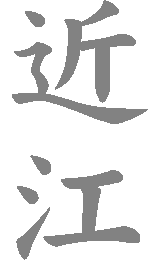
DAIMYO of
OMI PROVINCE
Kato
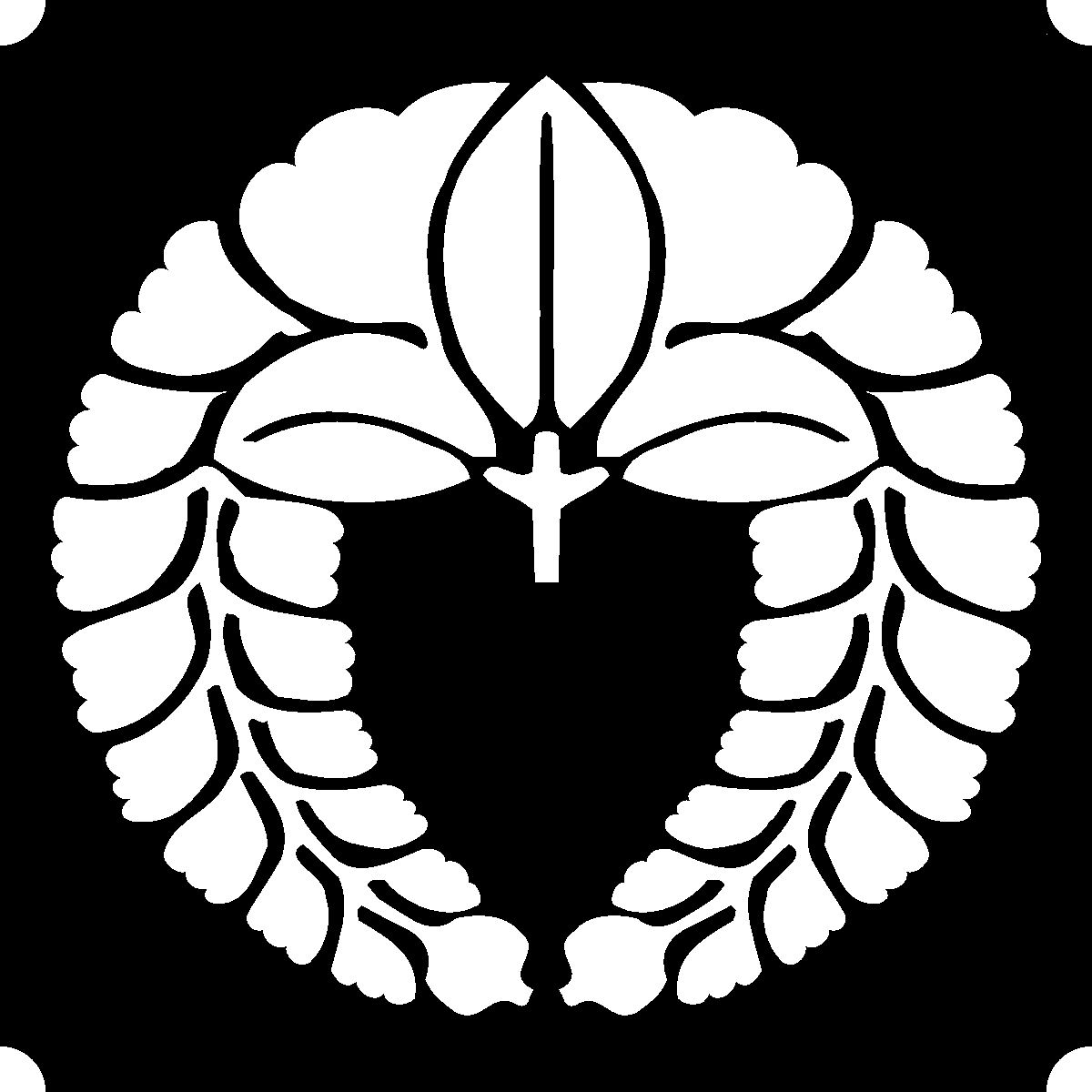

- Domain: Minakuchi
- Stipend: 25,000 koku
- Class: Fudai 5
- Headquarters: Minakuchi Castle (Flatland)
Family of daimyo originating in Mikawa and descended from Fujiwara Uona
(721-783).
Succession
- Yoshiaki (1563-1631) - Daimyo of Matsuyama (Iyo -- 200,000 koku); 1st Kato
daimyo of Aizu (Mutsu -- 400,000 koku)
- Akinari - 2nd Kato daimyo of Aizu
- Akitomo - 1st Kato daimyo of Minakuchi (Omi -- 20,000 koku), first tenture
- Akihide - 2nd Kato daimyo of Minakuchi; 1st Kato daimyo of Mibu (Shimotsuke
-- 25,000 koku)
- Yoshinori - 2nd Kato daimyo of Mibu; 1st Kato daimyo of Minakuchi, second
tenure
- Akitsune
- Akihiro
- Akitaka
- Akinobu
- Akimasa
- Akikuni
- Akinori
- Akizane
Notable Ancestors
-
Kato
Yoshiaki (1563-1631)
.jpg)
At first served Hideyoshi. At the time of the Korean expedition, he
commanded the fleet together with Todo Takatora. On his return, he sided with
Ieyasu, was present at the battle of Sekigahara and was transferred from
Matsuzaki (Iyo -- 100,000 koku) to Matsuyama (Iyo -- 200,000 koku) in 1600.
After the death of Gamo Tadasato (1627), he received the fief of Aizu (Mutsu
-- 400,000 koku).
Son of Yoshiaki, was dispossessed in 1643, owing to the tyranny with which
he oppressed his subjects.
Son of Akinari; after the dispossession of his father, he received from the
Shogun Iemitsu, in consideration of his grandfather Yoshiaki, a revenue of
10,000 koku at Yoshimizu (Iwami).
His descendants were transferred successively: in 1682 to Minakuchi (Omi --
20,000 koku); in 1695 to Mibu (Shimotsuke); and in 1712 to Minakuchi (Omi --
25,000 koku) where
they resided.
Sources
Honda
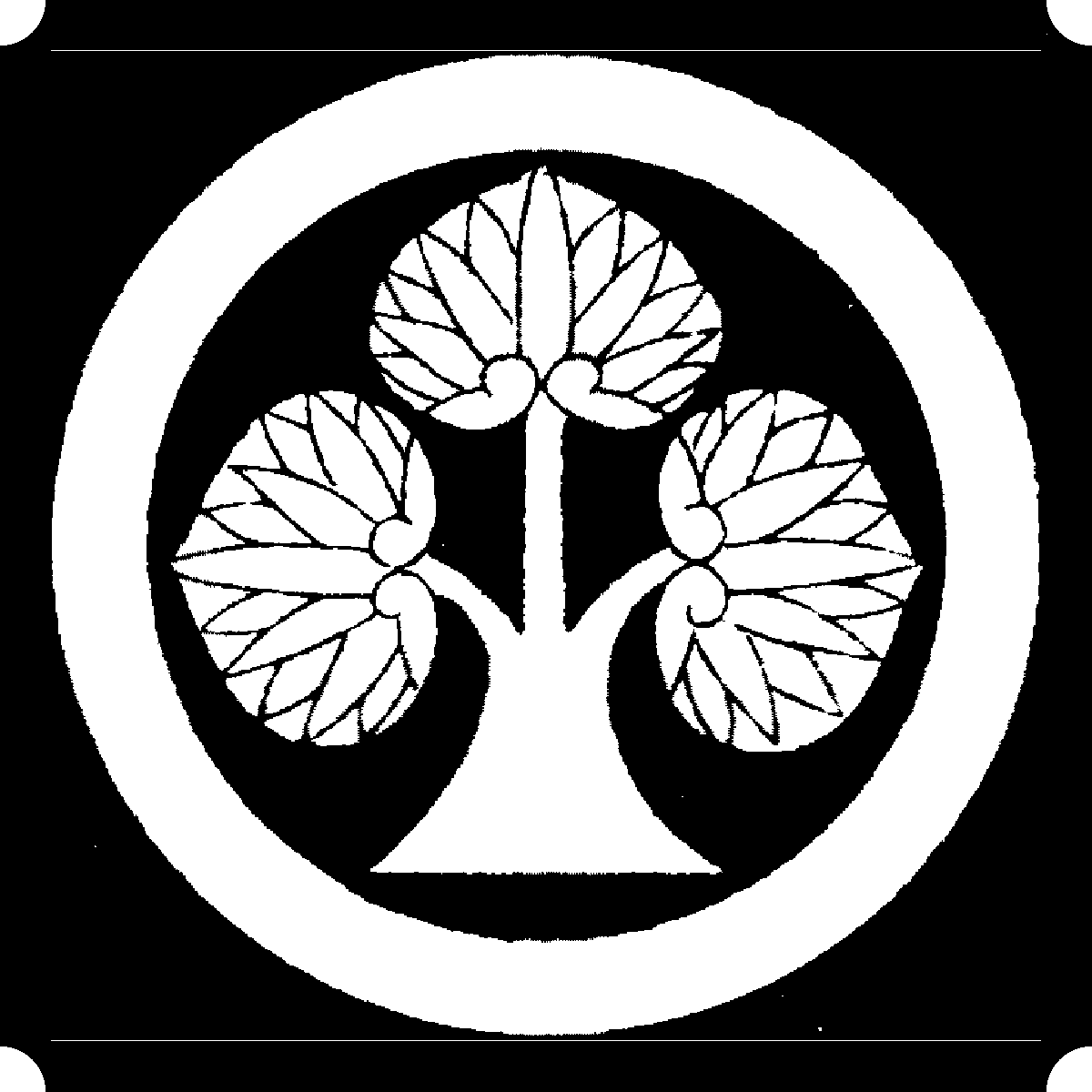

- Domain: Zeze
- Stipend: 60,000 koku
- Class: Fudai 5
- Headquarters: Zeze Castle (Flatland)
Daimyo family native to Mikawa and descended from the Fujiwara.
Succession
- Tadatsugu (1549-1613)
- Yasutoshi (1570-1622)
- Toshitsugu - 1st Honda daimyo of Zeze
- Yasumasa
- Yasuyoshi
- Yasunobu
- Yasutoshi
- Yasutake
- Yasumasa
- Yasutomo
- Yasumasa
- Yasusada
- Yasutada
- Yasuaki
- Yasushige
Notable Ancestors
-
Honda
Tadatsugu (1549-1613)
Inherited the castle of Ina (Mikawa), which his descendants occupied for
several generations.
-
Honda
Yasutoshi (1570-1622)
Was nominated daimyo by Ieyasu in 1601 at Nishio (Mikawa), then in 1607 at
Zeze (Omi -- 30,000 koku).
His descendants resided at Nishio (Mikawa) in 1620, at Kameyama (Ise) in
1636, at Zeze in 1651, where they continued to reside.
Related Branches
- Younger branch: Kambe (Ise -- 15,000 koku)
- Branch: Nishibata (Mikawa -- 10,500 koku)
Sources
Ii
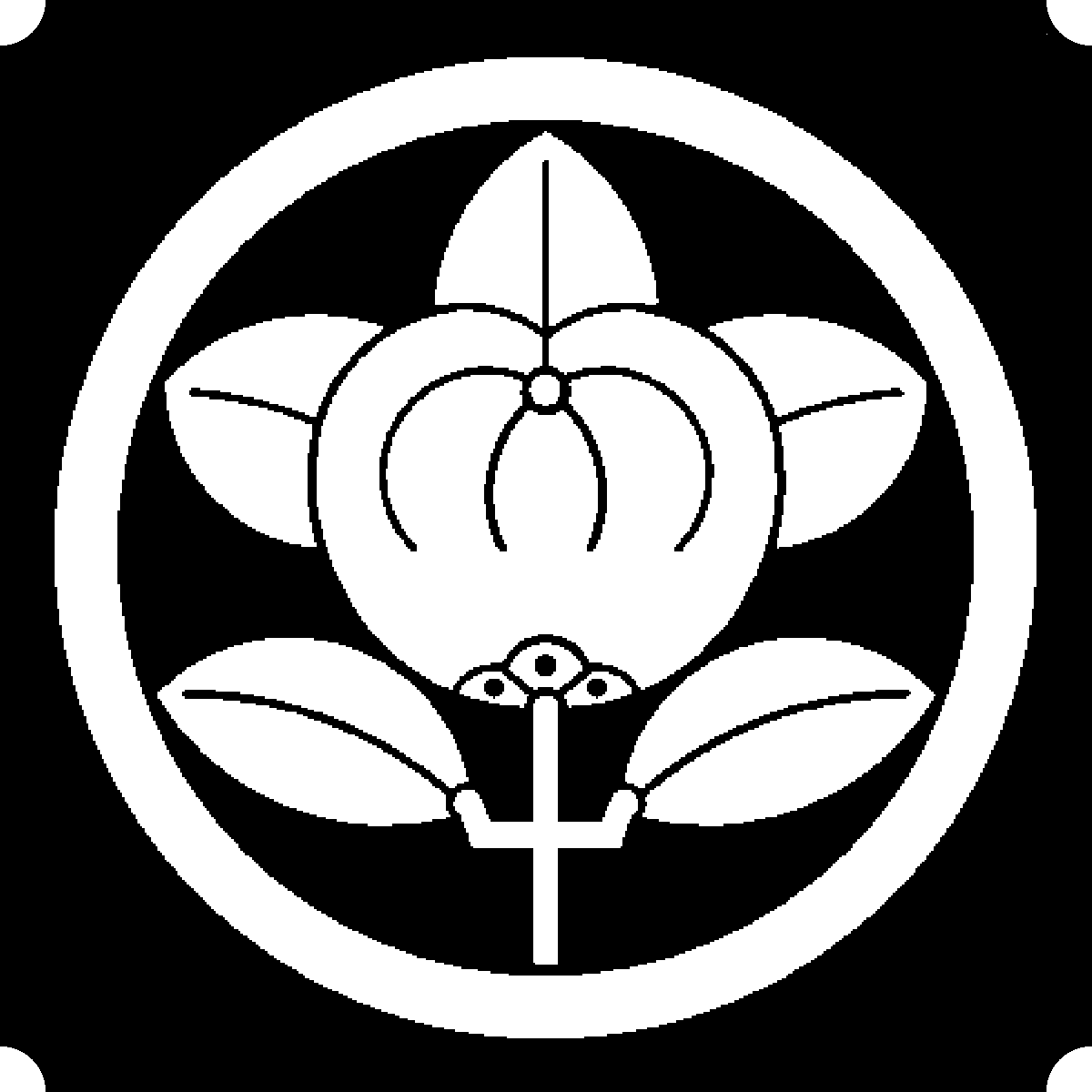

- Domain: Hikone
- Stipend: 350,000 koku
- Class: Fudai 4
- Headquarters: Hikone Castle (Hilltop)
%20800x523.jpg)
.JPG)
%20800x556.jpg)
%20800x600.jpg)
Daimyo family native of Totomi and descended from Fujiwara Yoshikado.
Elder branch.
Succession
- Naomasa (1561-1602) - Daimyo of Takasaki (Kozuke -- 120,000 koku); 1st Ii daimyo
of Hikone (1600-1602)
- Naokatsu (1590-1662, daimyo 1602-1615)
- Naotaka (1590-1659, daimyo 1615-1659)
- Naozumi
- Naooki/Naoharu/Naomori
- Naomichi
- Naotsune
- Naooki/Naoharu/Naomori (reappointment)
- Naonobu
- Naosada
- Naoyoshi
- Naosada (reappointment)
- Naohide
- Naonaka
- Naoaki
- Naosuke (1815-1860, daimyo 1846-1860)
- Naonori (1848-1904, daimyo 1860- )
Notable Ancestors
.jpg)
Served under Ieyasu, who in 1590 gave him the castle of Minowa (Kozuke --
12,000 koku). Thence he went to Takasaki in 1589. At the battle of Sekigahara
(1600), he defeated Shimazu Yoshihiro. Ieyasu then appointed him to Sawayama
(Omi -- 180,000 koku).
.jpg)
2nd son of Naomasa. In 1605 attached himself to the new Shogun
Hidetada, who game him in 1610 a revenue of 10,000 koku in Kozuke and the title
of Kamon no kami. At the time of the siege of Osaka in 1615, his elder brother
Naokatsu, having refused to take part in the expedition, Hidetada ordered
Naotaka to replace him and, at the conclusion of the war, gave him the domains
of his brother. Naotaka finished the castle of Hikone, which had been begun by
Naokatsu in 1603, and made it his residence in 1623. His revenues were raised
to 290,000 koku, then to 340,000 koku (1633).
His descendants inherited the title of Kamon no kami, as well as the
domains of Hikone.
%20684x600.jpg)
.jpg)
14th son of Naonaka. With the exception of his eldest brother, who
was to succeed his father, all the others had been adopted by daimyo families.
He alone lived on a small pension taken from the revenues of Hikone. In 1845,
his eldest brother died childless and Naosuke unexpectedly became Kamon no
kami and lord of Hikone. In 1858, he became prime minister (tairo) of the
Shogun Iesada. The latter having died the same year without heir, the prince
of Mito, Nariaki, desired to have his son Hitotsubashi Keiki nominated, but
Naosuke opposed the nomination, and succeeded in having the 12-year-old
Iemochi, prince of Kii, elected. He had just signed a treaty with the United
States in July 29, 1958. Soon after, on August 26, he signed another with England
and, on October 9, with France. These treaties raised a strong opposition party
throughout the country and the Court in Kyoto, in particular, demanded the
expulsion of the barbarians (jo-i). Naosuke put 40 or 50 of the malcontents into
prison at Edo, then he sent the Roju Manabe Norikatsu to Kyoto who imprisoned
57 kuge, samurai, etc., confined Nariaki to his house in Edo, and obliged the
princes of Owari and Echizen to resign the administration of their affairs to
their sons. This series of energetic measures is known by the name of
"great execution of the Ansei era" (Ansei no taigoku). The opening
of the Kanagawa port in January 1859, then sending of an embassy to the United
States, the treaty with Portugal, all served to exasperate the party hostile
to foreigners, and, on the 24th of March, 1860, as Naosuke was going to the
palace of the Shogun, he was assassinated by 17 ronin of the Mito clan (Arimura
Jizaemon Kanekiyo, Oseki Washichiro, Sano Takenosuke Mitsuakira, Kurozawa
Chuzo, etc.). His death was officially announced only on the 20th of May and,
on the 30th of the same month, he was buried in the temple of Gotaku-ji, near
Edo. The following year, his son Naonori, who had succeeded him, had his
revenues reduced to 240,000 koku.
Related Branches
- Junior branch: Yoita (Echigo -- 20,000 koku)
Sources
Wakebe
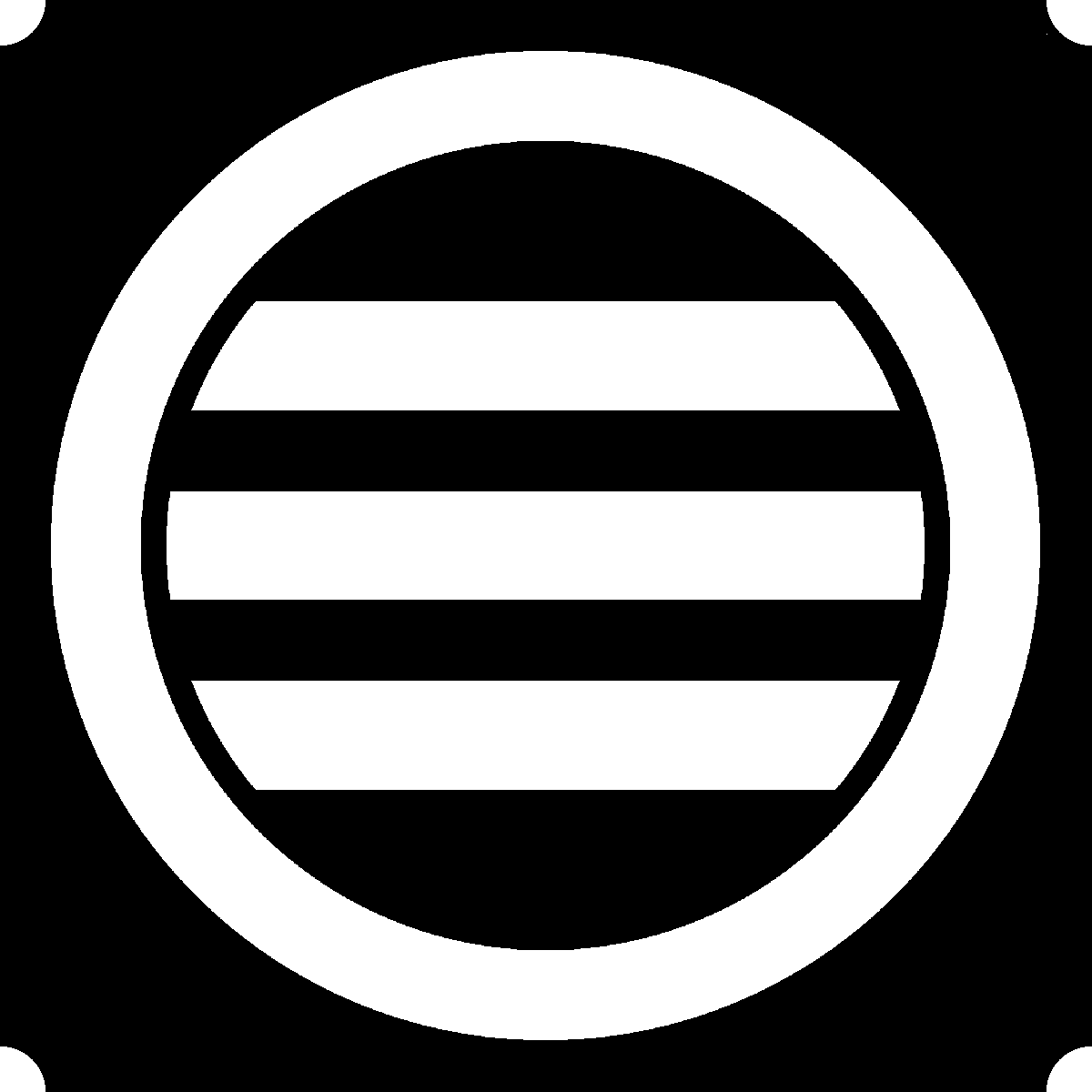

- Domain: Omizo
- Stipend: 20,000 koku
- Class: Tozama 5
- Headquarters: Municipal office
Daimyo family descended from Fujiwara Tokinobu.
Succession
- Mitsuyoshi
- ...
- Mitsunobu - 1st Wakebe daimyo of Omizo
- Yoshiharu
- Yoshitaka
- Nobumasa
- Mitsutada
- Mitsunaga
- Mitsutsune
- Mitsuzane
- Mitsukuni
- Mitsuyasu
- Mitsusada
- Mitsunori
Notable Ancestors
In 1592 received from Hideyoshi, a revenue of 10,000 koku in Ise.
His descendants resided from 1619 at Omizo (Omi -- 20,000 koku).
Sources
Ichibashi


- Domain: Nisho-ji
- Stipend: 18,000 koku
- Class: Tozama 5
- Headquarters: Municipal office
Daimyo family descended from the Seiwa-Genji.
Succession
- Nagakatsu (1558-1621)
- Nagamasa - 1st Ichibashi daimyo of Nisho-ji
- Naganobu
- Nobunao
- Naokata
- Naotaka
- Nagateru
- Nagaaki
- Nagaharu
- Nagatomi
- Nagakazu
Notable Ancestors
-
Ichibashi
Nagakatsu (1558-1621)
Shimosa no kami, first resided at Imao (Mino). In 1608, he was transfered to
Yabashi (Hoki) and in 1616 to Sanjo (Echigo -- 40,000 koku). As he died
without issue, his nephew Nagamasa, Izu no kami, was chosen to succeed him
and established himself at Nisho-ji, where his descendants lived.
Sources
Endo
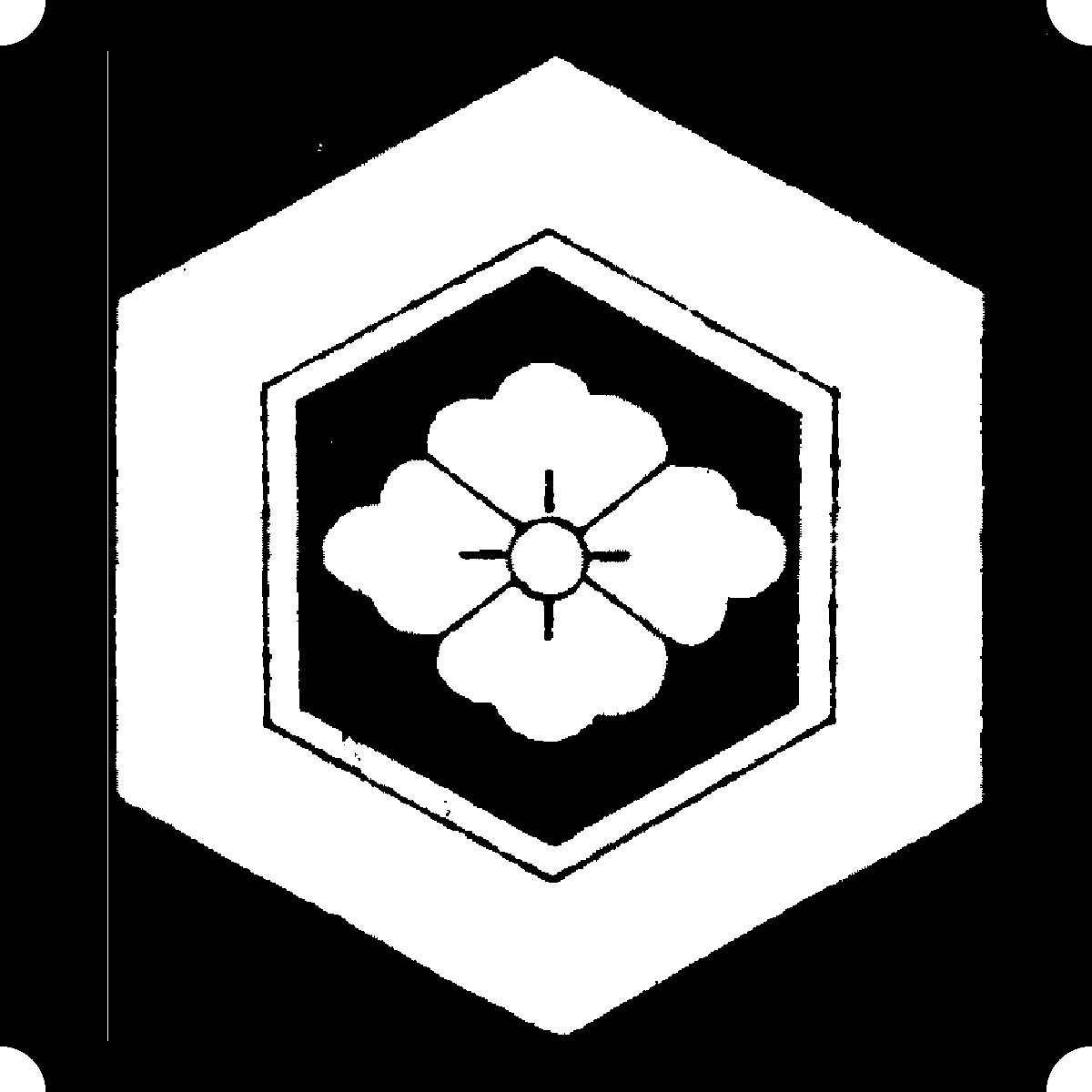

- Domain: Mikami
- Stipend: 12,000 koku
- Class: Fudai 5
- Headquarters: Unknown castle
Daimyo family originating in Mino and descended from the Taira. The family
first resided at Hachiman (Mino), from 1600 to 1698, then at Mikami.
Succession
- Yoshitaka - 1st Endo daimyo of Gujo-Hachiman
- Yoshitoshi
- Tsunetomo
- Tsuneharu
- Tsunehisa - 5th Endo daimyo of Gujo-Hachiman (rank unknown)
- Tanechika - 1st Endo daimyo of Mikami
- Tanenobu
- Tanetada
- Tanetomi
- Tanenori
- Taneki
Sources
Inagaki
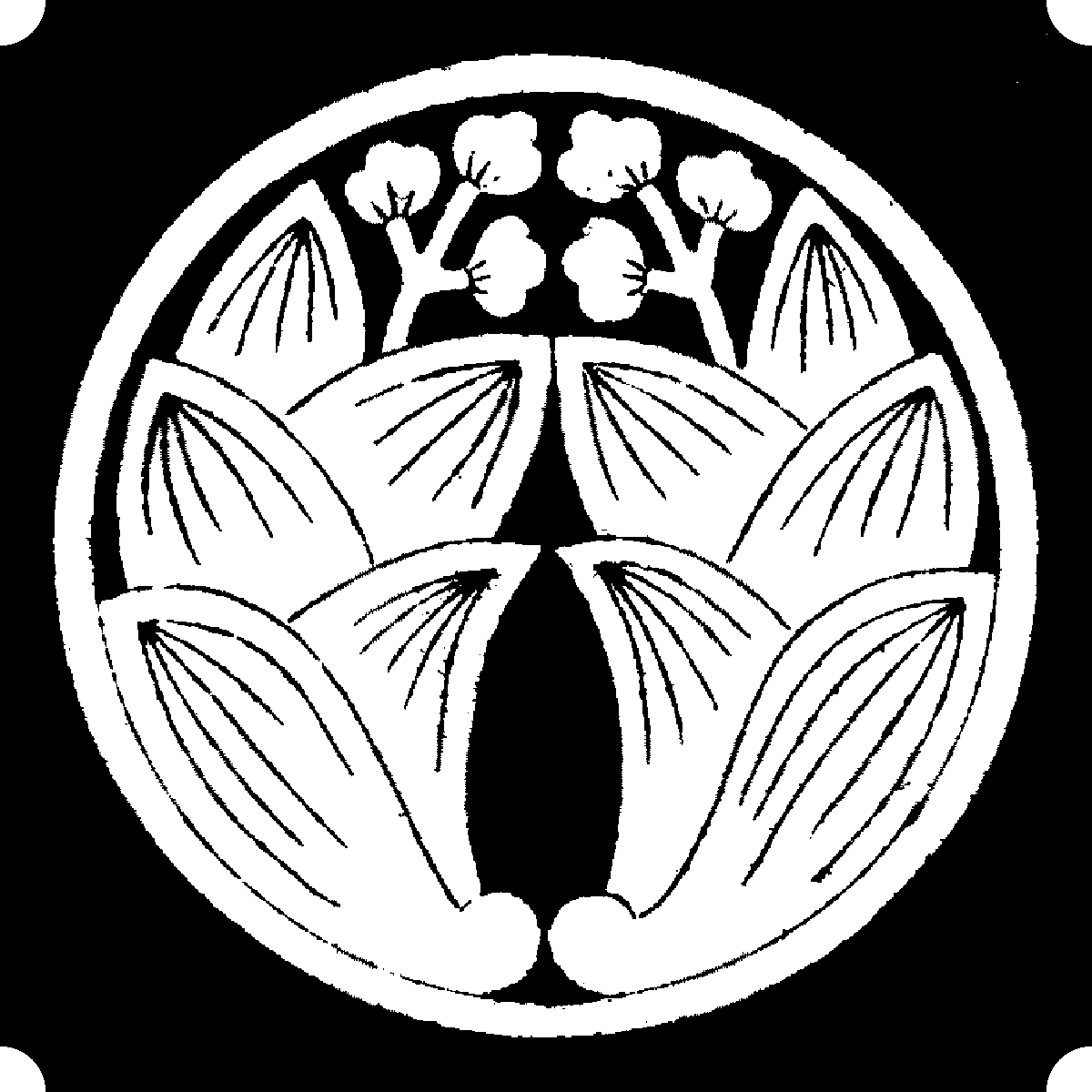

- Domain: Yamakami
- Stipend: 13,000 koku
- Class: Fudai 5
- Headquarters: Municipal office
Daimyo family native of Mikawa and descended from the Seiwa-Genji.
Junior branch, which from 1685 resided at Yamakami.
Succession
- Shigekara
- Shigemune
- Nagashige
- Shigemoto
- Shigesada - 1st Inagaki daimyo of Yamakami
- Shigefusa
- Sadamichi
- Sadakazu
- Sadaatsu
- Sadanari
- Motoatsu
- Motokiyo
Related Branches
- Elder branch: Toba (Shima -- 30,000 koku)
Sources
Hotta
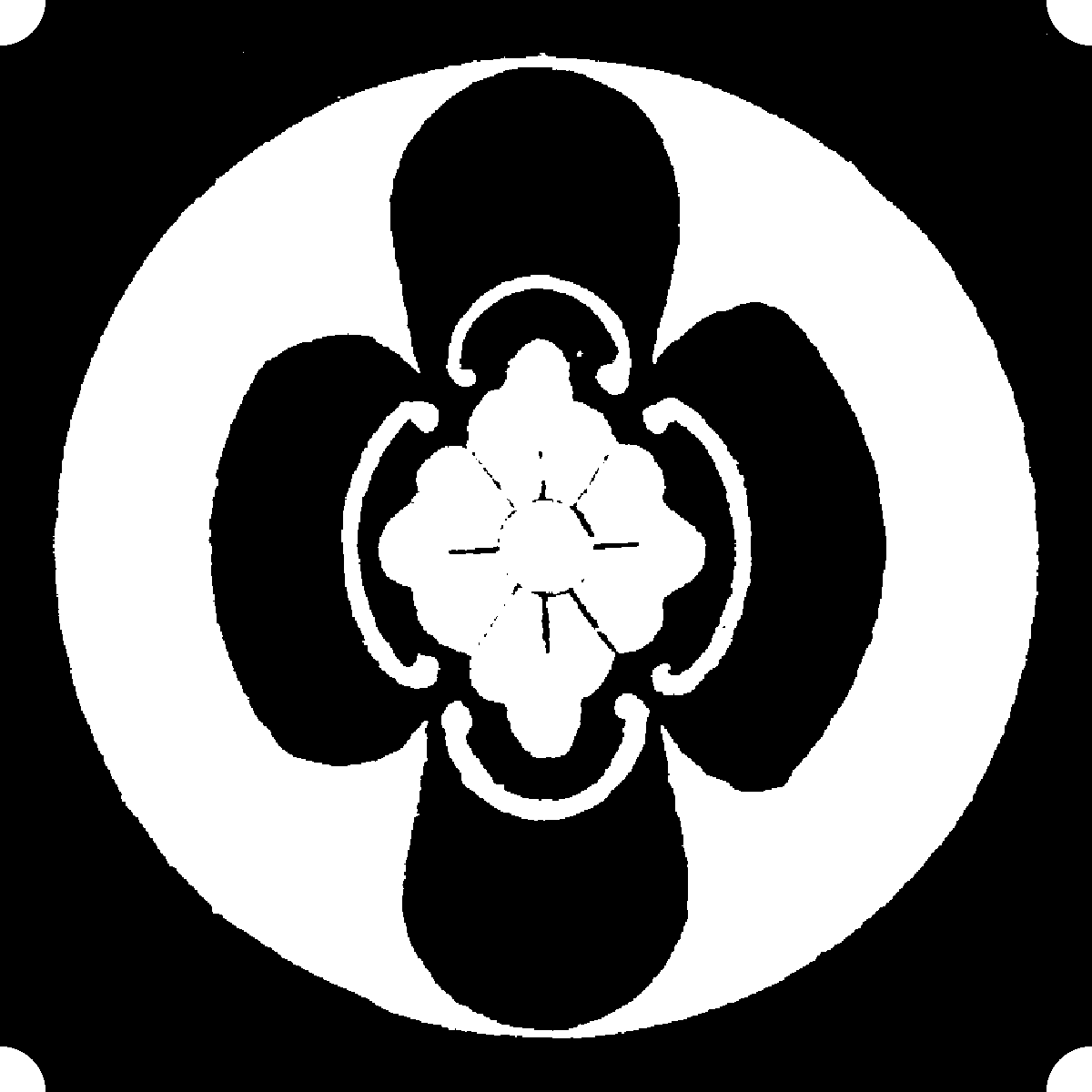

- Domain: Miyagawa
- Stipend: 13,000 koku
- Class: Fudai 5
- Headquarters: Municipal office
Daimyo family of Owari, descended from Takeshiuchi no Sukune.
Elder branch.
Succession
- Masamori (1606-1651)
- Masanobu (1629-1677)
- Masakuni/Masayasu - Daimyo of Yoshii (Kozuke -- 10,000 koku); 1st Hotta daimyo of Miyagawa
- Masatomo
%20800x600.JPG)
- Masanobu
- Masakuni
- Masazane
- Masatami
- Masanori
- Masazumi
- Masayasu
Notable Ancestors
-
Hotta
Masamori (1606-1651)
Kaga no kami, had great influence over the Shogun Iemitsu. In 1635, he was
made daimyo of Kawagoe (Musashi -- 26,000 koku); in 1638, of Matsumoto (Shinano
-- 95,000 koku); and in 1642, of Sakura (Shimosa -- 145,000 koku). At the
death of Iemitsu, he committed suicide (junshi) in order not to survive the
Shogun.
-
Hotta
Masanobu (1629-1677)
Son of Masamori and Kozuke no suke, was dispossessed in 1660 and exiled
to Iida (Shinano) and later to Tokushima (Awa) for having addressed a letter
of remonstrance to the Shogunal government, which was considered
disrespectful.
Son of Masanobu, received a revenue of 10,000 koku. In 1682, he
established himself at Yoshii (Kozuke), and in 1698, at Miyagawa (Omi --
13,000 koku).
Related Branches
- Junior branch: Sakura (Shimosa -- 115,000 koku)
- Second junior branch: Sano (Shimotsuke -- 18,000 koku)
Sources
|
